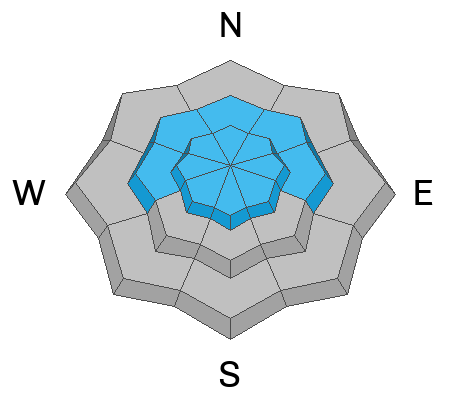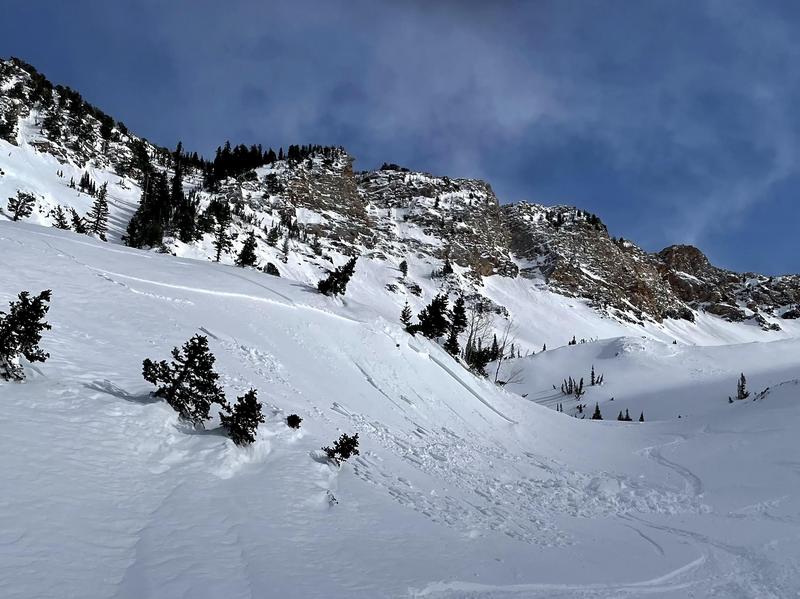Forecast for the Salt Lake Area Mountains

Issued by Trent Meisenheimer on
Saturday morning, February 4, 2023
Saturday morning, February 4, 2023
Today there is MODERATE avalanche danger on all upper elevation slopes and on slopes facing west through north through east at the mid elevations for triggering either a soft or hard slab of wind-drifted snow. Southerly winds have created sensitive slabs of wind-blown snow that are likely to be 6-12 inches deep and up to 100 feet wide.
Lose the wind and lose the problem. On slopes where you find soft powder snow unaffected by the wind, you will find better riding conditions and LOW avalanche danger.

Low
Moderate
Considerable
High
Extreme
Learn how to read the forecast here







